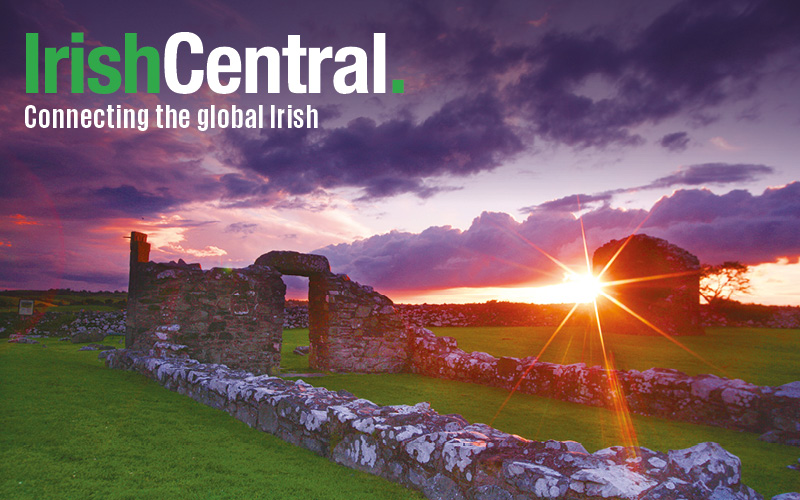Any Tipperary and Cork meet brings a show to their ferocious fans but the 1926 Hurling Final was certainly one, two and three finals for the GAA history books
Whenever the hurlers of Tipperary and Cork meet these two giants of the ancient game always produce a cracker which draws the masses. One such game drew a crowd so big it resulted in the match being abandoned for safety reasons!
The Athletic Grounds by the banks of the River Lee played host to the 1926 Munster Hurling Final, between Cork and Tipperary. Sunday, September 12 was a calm day weather wise but the climate of behavior among the Cork and Tipperary fans was far from settled.
The match started at 3 pm and up to five minutes before the sliotar was thrown in hundreds of people were still flooding through the turnstiles. A lack of stewardship was to blame for what the Cork Examiner would later report as 'a fiasco' in the Athletic Grounds but the blame was also placed on some fans who displayed an all too eager attitude to see the match by any means possible, even if it meant roughly pushing their way through the turnstiles and cramming into the small sports ground.
Read more: Galway's first GAA All-Ireland hurling final appearance
The match between the two old hurling foes was the main attraction drawing people but so too was the fact that the Tipperary team had just arrived back from the USA where they took part in a series of games against teams from New York, Chicago, and San Francisco. The boys from the Premier County wowed American audiences with their skills and won their matches thus earning them the title of 'world champions' from Irish newspapers.
The Munster Final at the Athletic Grounds was little more than 15 minutes old when referee Dinny Laingan called a halt to proceedings. Hundreds of spectators were being crushed in the stand and spilled out onto the pitch. Players and officials agreed a match could not take place with that amount of people 'invading' the pitch so the game was called off, and from a Cork point of view it was probably a blessing as they were trailing Tipp 1-02 to 0-00!
It was a miracle nobody was seriously hurt or killed but in a dose of Irish humor Tipperary's Paddy Leahy remarked after the match:
"Sure the Cork crowd just wanted to come in and say they were allowed to rub shoulders with the world champions!"
A replay was declared for the following Sunday but the venue was changed. The Munster Hurling Final was moved to Thurles and another large crowd attended but on this occasion, the match was put under the stewardship of Tom Semple, Tipperary's captain from the 1900s and a swift operator in crowd management.
A crowd of 27,000 filled the Thurles sports field and under Semple's control the Munster Final went off without a hitch, the action occurred on the field of play rather than in the stands.
Read more: County Clare - GAA All-Ireland footballer's glory in 1917
The replay was a heated affair as Cork's Gah Ahern and Tipperary's Martin Mockler were sent off for unsportsmanlike behavior and at the interval, Cork was ahead 2-03 to 1-00. The rough play continued in the second half and two more players left the field when Cork's Jim O' Regan limped off with a busted knee and Tipp's Johnny Power had to be carried off injured. The game ended in a draw, Tipperary 4-01 Cork 3-04, and the Munster Hurling Final had to be played for the third time.
On Sunday, October 3 the sliotar was thrown in at Thurles once again. The weather was atrociously bad but it did not deter the Hurling fans who arrived once more in their thousands to witness another thriller in Thurles.
At half time the Tipperary team were down a man after one of their players was sent off by Wexford referee Pat McCullugh and down in score by just one goal. The Cork team proved more able in fitness and mentally more hungry than Tipp and won the day 3-06 to 2-04. Youth played a part in Cork's win as did the new Hurling manager the Rebels acquired in the legendary Jim "Tough" Barry. The tailor, boxer, opera aficionado and old IRA man instilled a new passion in those playing the game in red and white. It would be the first of 12 titles Tough Barry helped bring home to the Rebel County over the next few decades.
Read more: How the GAA saved Ireland in the fight for freedom and can do so again
This article was submitted to the IrishCentral contributors network by a member of the global Irish community. To become an IrishCentral contributor click here.




Comments